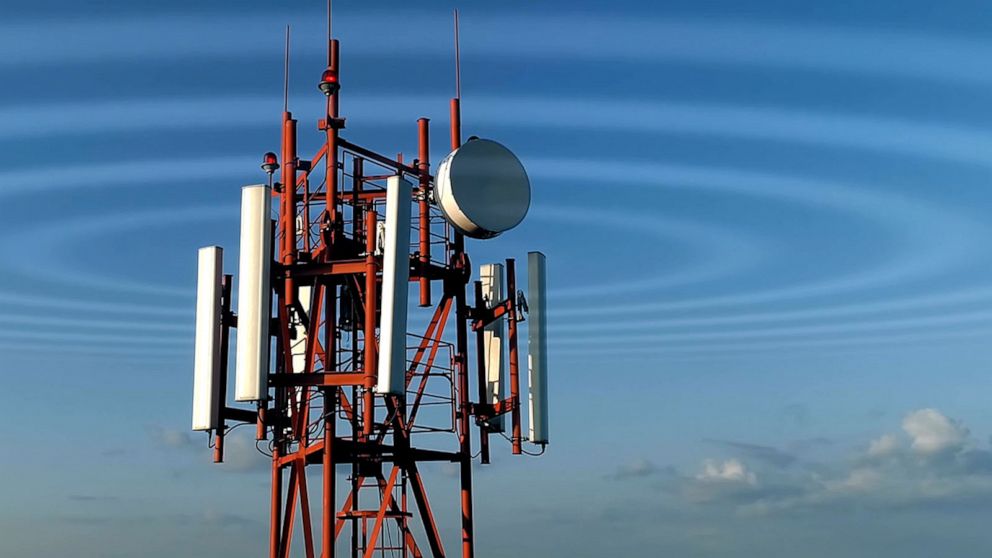If you've ever wandered through a town, you may have seen tiny 5G cell towers on the poles of street lights. They look like little boxes however, they're actually transmitting wireless signals from cell phone providers to your phone.
These smaller towers are replacing the larger, purpose-built cell towers. While they're not as noticeable, they still can create problems for those who live nearby.
The of the FCC's Radiation Exposure Thresholds
The FCC's Radiation Exposure Thresholds define the safe distance that one can expose to electromagnetic energy from wireless devices. The limits for exposure are based on scientific data that show that RF energy could be harmful to human health.
The rate of absorption called the specific absorption rate (SAR) is a measure of the amount of radiofrequency energy absorbed by tissue. It's typically 1.6 milliwatts per kilogram calculated over one kilogram of tissue.
Since 5g is able to transmit at higher frequencies, it has the potential to increase the intensity of energy on the skin as well as other body areas. This could result in many possible harms, such as an increase in development of skin diseases such as dermatitis and skin cancer and cataracts.
Because of the potentially negative effects of 5G radiation, PSU has chosen to set a general localized limits on power density, which is 4mW/cm2 measured on 1cm2, and not to exceed 30 minutes, for all 5G services at 3000 GHz. This localized limit is consistent with the highest spatial-average SAR of 1.6 W/kg, averaged over one 5 grams of body tissue, at 6 GHz.
The FCC's Maximum Exposure Thresholds
If you've ever used a mobile phone, you probably know that a safe location from the tower is at least 400 meters away. This is because the transmitting power of a cell tower increases dramatically the further you are from it.
While it sounds like something that's good however, people living in close proximity to towers might be more vulnerable to health problems. For example, a study from 2014 in India found that residents living within 50 meters of cell towers experienced significantly more health complaints than those living further away from the antennas.
This study showed that residents who moved to areas that were further from the cell towers saw their symptoms return to normal within a few days. Another study has revealed that exposure to high levels of radiofrequency electromagnetic fields (EMFs) could cause brain tumors, cancer, and other health problems.
what is a safe distance from a 5g cell tower is due to the fact that radiofrequency radiation, used in wireless communications, may penetrate the body's outer layer, the skin. This is important to understand because the skin acts as a protective barrier against mechanical injury, infection from pathogenic microorganisms, as well as infiltration of toxic substances. what is a safe distance from a 5g cell tower is also the most important organ in the human body and is responsible for keeping the integrity of the other organs.
The FCC's Minimum Exposure Thresholds
The FCC's Minimum Exposure Thresholds rely on several assumptions that aren't supported by scientific evidence. This includes the false assumption that exposures to RF radiation are safe due to the limited absorption into body (i.e. the heating of tissues).
This assumption does not take into account the more extensive penetration of ELF elements of modulated radio signals, as well as the consequences of short bursts of heat generated by RF waves that are pulsed. These assumptions do not correspond with current knowledge of the biological consequences of RF radiation. Therefore, safe distance from cell tower should not be used for health protective exposure standards.

Furthermore to that, ICNIRP and FCC limit their maximum limit of exposure to the local SARs based on the peak frequency of absorption (psSAR) that is not a reliable dosimetric instrument for determining the level of radiation exposure. Particularly it is inconclusive for frequencies that exceed 6 GHz. Additionally, psSAR hasn't been tested for RF radiation with co-exposure to other environmental agents , such like sunlight. The interactions of RF radiation with other environmental agents may result in antagonistic or synergistic impacts. This could result in an increased risk of adverse health effects. For instance, exposure to RF radiation along with exposure to sunlight can raise the chance of skin cancer, as well as aggravate other skin disorders, such as acne.
